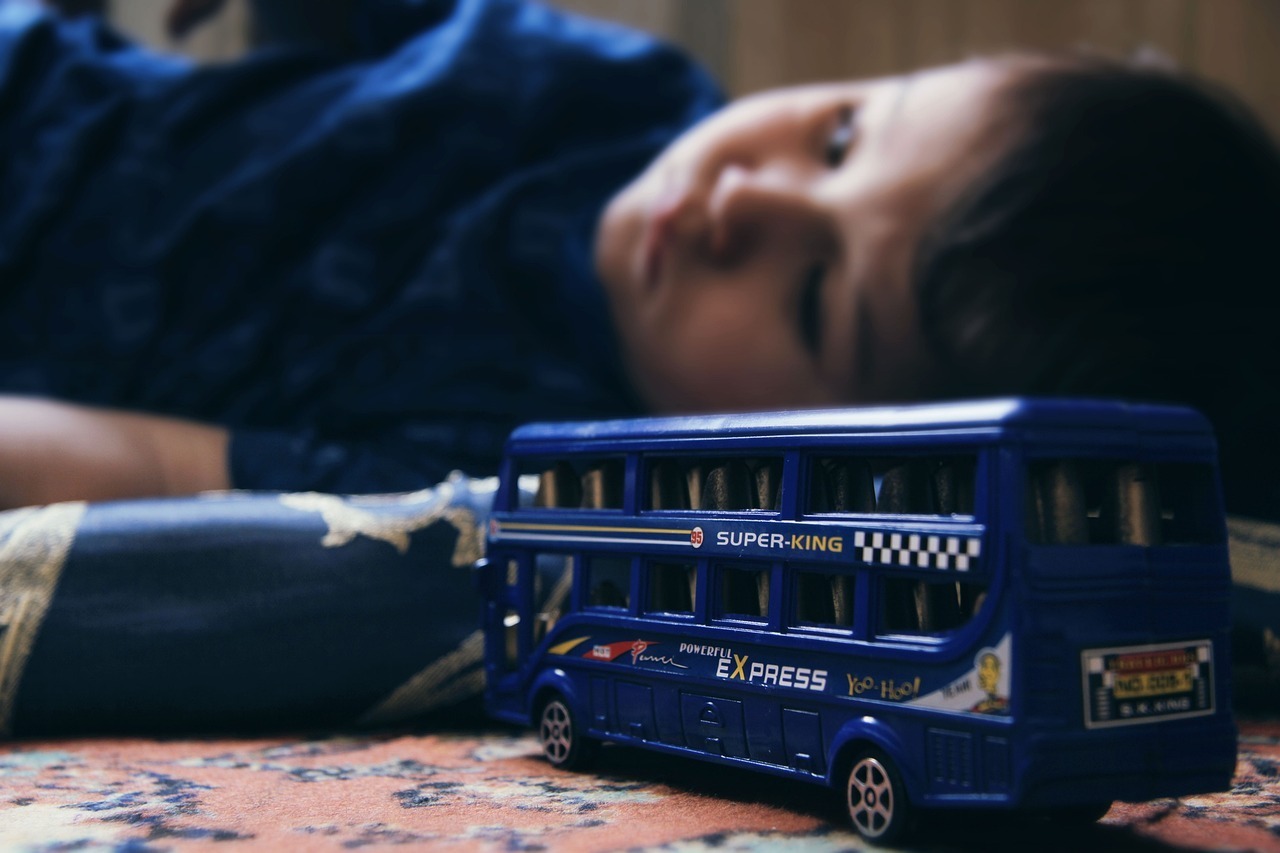Divorce can bring out the worst in people. There is a tension between parents who are divorcing and this can lead to a lot of negative emotions such as anger, sadness and frustration that makes co-parenting a difficult step for all parties involved. While it can be a challenge to overcome the emotions around divorce, it is not something that needs to be insurmountable. Parents want the best for their children and taking the steps to co-parenting is one way to provide their children with a healthy home life even when that home is split between two homes.
But how can parents take those steps toward successfully co-parenting in healthy ways after a separation and divorce?
While the answers will involve some work, 2houses has explored many of the diverse ways that parents can co-parent successfully in these five tips.
Successfully Co-Parenting Tip Number One: Language Builds and Shapes New Relationships
One of the first tips that is always recommended with co-parenting is to build up and build on your language. It can be very easy to fall into habits that grew when the marriage was breaking down and tensions were high, which include not using the right language or communicating in positive ways.
With successful co-parenting, it is important to use language to shape the new relationship with your ex partner—and that is important to really emphasise, you will be building a new relationship dynamic with them. This means that you should these easy to follow tips:
- Stay positive in front of the kids. Harder conversations can be done through an app or when the kids are not present.
- Use “I” statements. There will be times when frustrations boil over and using “I” statements help reduce tension and blame.
- Prepare your language. This means that if you have important things to discuss, you have notes prepared so you can stay focused on the topic at hand.
By reshaping how you use language, you can build a healthier co-parenting relationship after divorce or separation.
Successfully Co-Parenting Tip Number Two: Updating Keeps Things Running Smoothly
Another crucial step in being successful with co-parenting is all about the updates. If you update your ex partner, you can keep things running smoothly. This means letting them know about important events for the kids, when you can or can’t take the kids, especially when it is on your days, and when things change for you that could directly affect the kids.
The more you update, the better the communication will be and the fewer tensions you and your ex partner will have. 2houses is an excellent app that makes updating easy and you won’t have to worry about forgetting to update or the kids not relaying messages for you. In fact, when you are looking toward successful co-parenting, you should never rely on kids to keep your ex partner updated to keep their stress at a minimum.
Successfully Co-Parenting Tip Number Three: Set Boundaries
Remember that new relationship you are creating, it means that you are going to have to set new dynamics and that includes boundaries. These boundaries will include both with your kids and with your ex partner. Decide together on what dynamics you want to maintain in your relationship. Will all dealings be just about the kids or will you allow for growth as individuals, even friends?
If you aren’t in a place where you can maintain a friendship, don’t push for that relationship. There is a lot of work that needs to be done before you can get there.
Other boundaries that you need to set up is holidays and events where both parents would normally attend. Figure out if birthdays will be together or if you’ll do separate parties for your child. If you can’t do event together, set boundaries and schedules on which parent goes to which event. This may lighten over time but during the start of co-parenting, you may have to really keep lives separate from each other.
But these lives shouldn’t be separate with your kids. Make sure that you are setting shared boundaries with your kids. This includes having the same balance, schedule and rules for both homes.
Clear boundaries will help establish the relationship and will let your kids feel confident that they will have predictable routines regardless of whose house they are at.
Successfully Co-Parenting Tip Number Four: Respect the Other Parent’s Time
This can be done through a number of ways and it is often a cornerstone tip toward successful co-parenting. What this means is that when the child is with the other parent, you respect their time. Don’t cut into the time, don’t message your child when they are having quality time with their other parent. For your children’s happiness, it is important for them to connect with the other parent, especially if they do not see them as frequently as they see you.
In addition to respecting the time your kids are spending with your ex partner, respect their time on a regular basis. Make handoffs quick so you aren’t cutting into their personal time, or their time with the kids. Schedule out weekly check ins where you can discuss any concerns and keep to those schedules. This has several benefits including staying up to date on things the kids need, getting through problems you and your ex partner face, and planning any special events, such as vacations, in advance.
By respecting each other’s time, you can avoid many of the pitfalls that occur when a parent’s time feels infringed upon—and your children will thrive when they can enjoy their time with their other parent completely.
Successfully Co-Parenting Tip Number Five: Choose a Co-Parenting Coach
Okay, there are plenty of agencies out there offering co-parenting coaching but coaching doesn’t have to be with another person. An excellent app, such as 2houses can give you everything a coach will give you plus more. Using an app can make co-parenting not only successful but easy and can be an excellent way to communicate even when tensions are high. There are many reasons to use 2houses but as a tool to facilitate success in co-parenting is one of the biggest.
As you know, co-parenting isn’t easy but if you start with these simple tips, along with using an effective program like 2houses, you can create a foundation for a better relationship with your ex. And with that relationship, you will find your children will be healthier and happier with many other benefits for their overall wellbeing. After all, isn’t that the end goal for you, your ex partner and your co-parenting goals.










